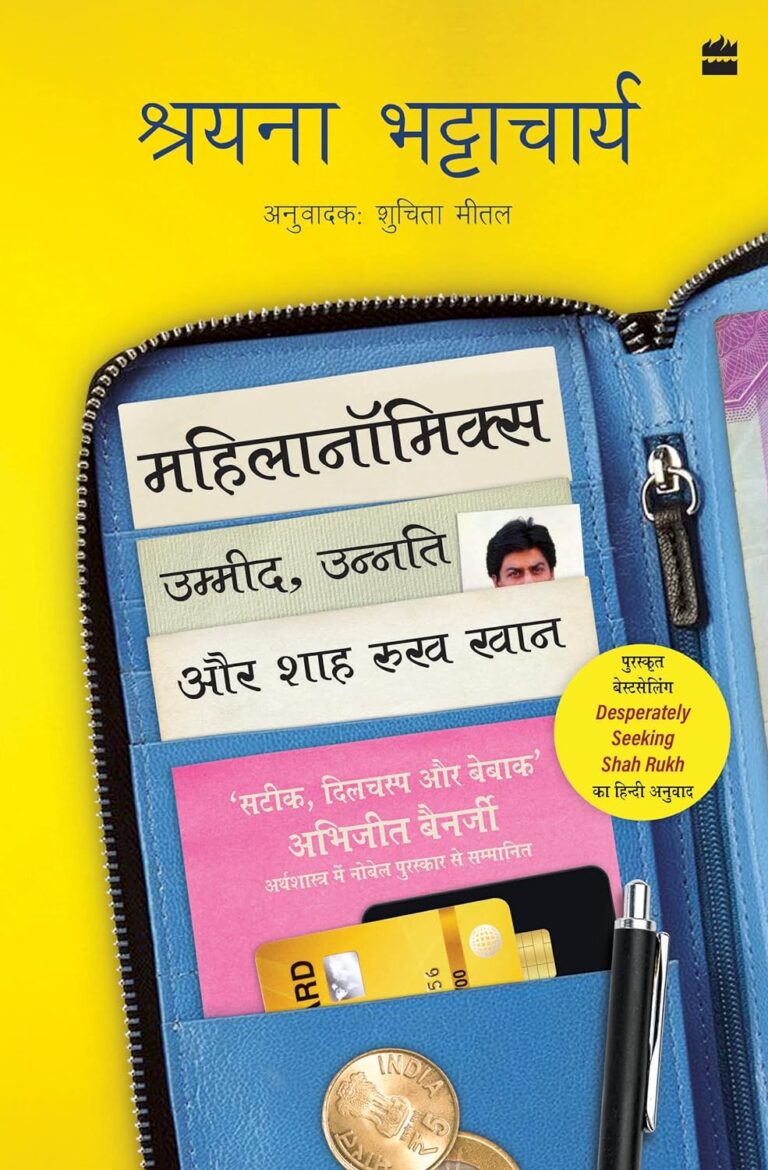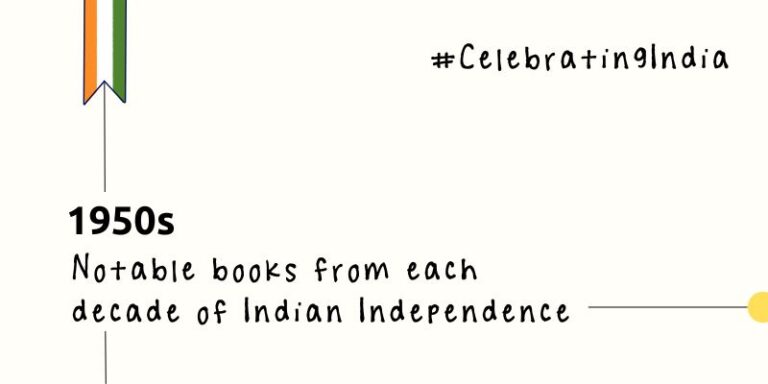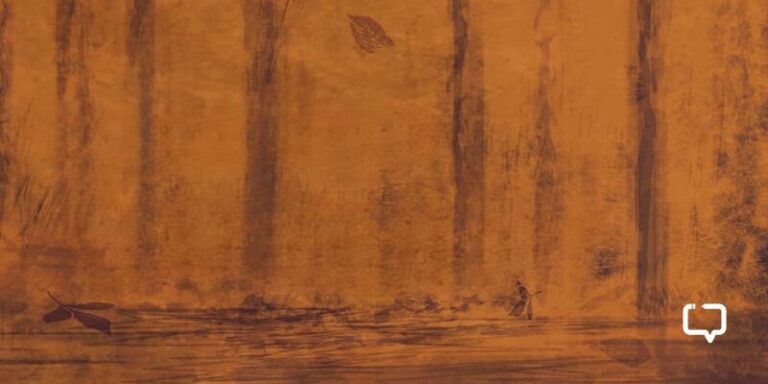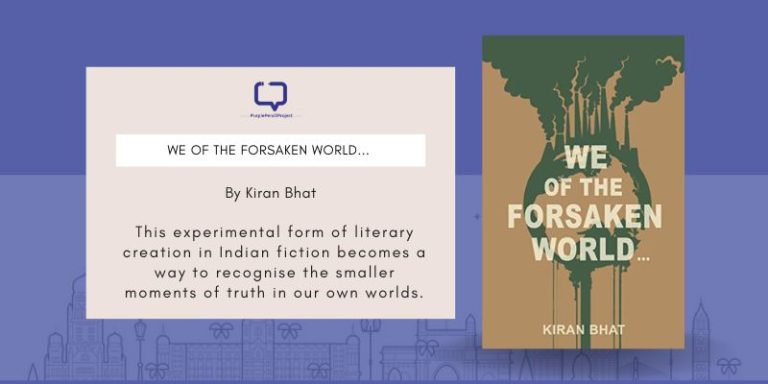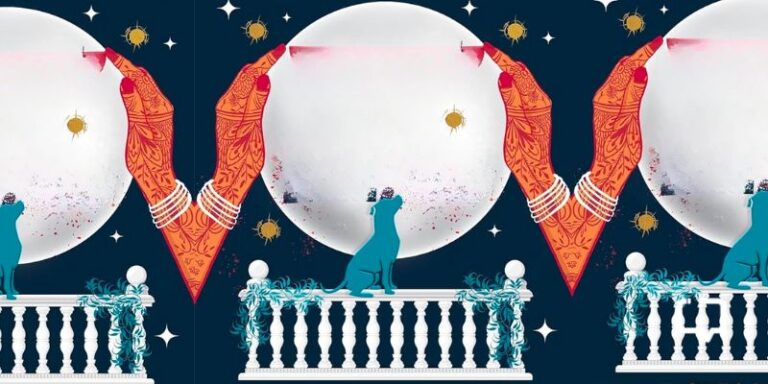Sneha Pathak reviews The Greatest Punjabi Stories Ever Told (Published by Aleph Book Company, 2023)
The Greatest Punjabi Stories Ever Told is the latest in The Greatest Stories series published by Aleph Book Company and is a worthy addition that adds to the value of the entire series.
The Punjabi stories in this anthology have been selected by the editors Renuka Singh and Balbir Madhopuri, and provide an all-round introduction into the changing and pulsating scene of Punjabi short stories, especially to a reader like me who had – till now – heard only of writers like Amrita Preetam and Nanak Singh from the region.
The stories of the anthology take its reader through the changing landscape as we get a chance to glimpse the form as it was in the hands of its early masters of Punjabi writing like Gurbaksh Singh, Nanak Singh, and Gurmukh Singh Musafir as well as the way it has come to shine in the writing of the contemporary practitioners like Ajmer Sidhu, Sargi and Jatinder Singh Hans.
The broad range of the themes, styles, and treatments of the selected Punjabi stories also make for a riveting read, and don’t let the collection feel monotonous at any point.
We encourage you to buy books from a local bookstore. If that is not possible, please use the links on the page and support us. Thank you.
Theme of Punjabi Stories
Although a lot of stories are written by men, women, and their condition often becomes the central theme of stories in the collection. Stories like Bhabhi Myna, for example, bring the plight of the widows in particular and women in general to the forefront while The Daughter of the Rebel presents a strong girl whose life plays out against the backdrop of the struggle for independence.
Bowl of Milk is a humourous take on the idea of love being expressed through the food that our mothers and mother figures make one eat and the creative ways one has to devise to save oneself from it without hurting their sentiments. Stories like The Moscow Girl, That Woman!, Hopes Shattered, and The Great Mother all centre around women characters and dig deep into the human psyche as well as the social and political situations of the time they are set in.
Partition and Violence
The horrors of partition and other violence also find a place in a number of stories, but all of them treat the theme in different ways. While The Wind deals with the idea of how quickly one becomes immune when seeing death and violence all around, Doe’s Eye presents the madness, frenzy, and loss of life that happens during a riot from a different perspective.
Dance of the Devil, Savage Harvest, and Sunrise at Last are stories set directly against the backdrop of partition and its aftermath, yet neither of them is similar to the other in its treatment of the topic. Sunrise at Last even manages to evoke some hope in the hearts of its readers that irrespective of the bleakness of the situation, not all is lost.
Interpersonal relationships are also the driving force behind many stories, many of which often end in situations where the protagonist seems to be unable to lift himself out of it. The Charity Coat is a satire on the hollow idea of learning and psychology that only the rich can afford and which leads only to further problems in the case of the poor who ultimately become its victims.
Recommended Reads: Punjabi Stories from the Land of Five Rivers
Punjabi Grief and Guilt
The Stench of Kerosene is another powerful story with psychological insights into grief and guilt. Stories like The Proverbial Bullock and To Everyone, His Share are two opposite takes on interpersonal relationships and manage to stay with the reader because of their strong messages that stay with the reader long after one has read them.
Stories like Green Sparrow, which has an existential undertone and deals with the theme of alienation, and Man and Dog, where a man develops a strangely tender relationship with a dog he hasn’t previously liked add a distinct touch of modernist literature to the collection.
Then there are stories that feel distinctly contemporary because of their themes and characters. Stories like Home, The Rod, and Whither My Native Land all deal with angsts and issues that belong distinctly to our own times and add a different flavour to the collection.
Overall, I would definitely recommend you pick up this anthology if, like me, you are a beginner when it comes to Punjabi literature and would love to know more about the literary scene of the region. The introduction by the editors is also highly recommended.
Favourite Quote from the Greatest Punjabi Stories Told
He had always seen sparrows singing and hopping about, with a flutter of wings, their bodies quivering with an external thirst for life. Always in a group, with other sparrows, singing – wanton and enraptured! Full of life! Forever celebrating life! Evergreen sparrows!
(From Green Sparrows)
Have you read this electic collection of Punjabi stories? What do you think of it? Drop a comment below and let us know!









